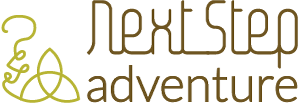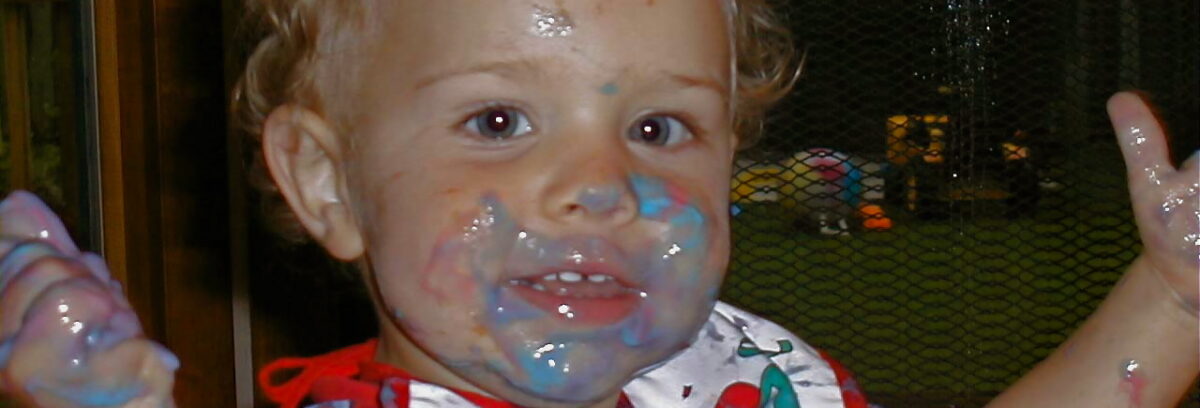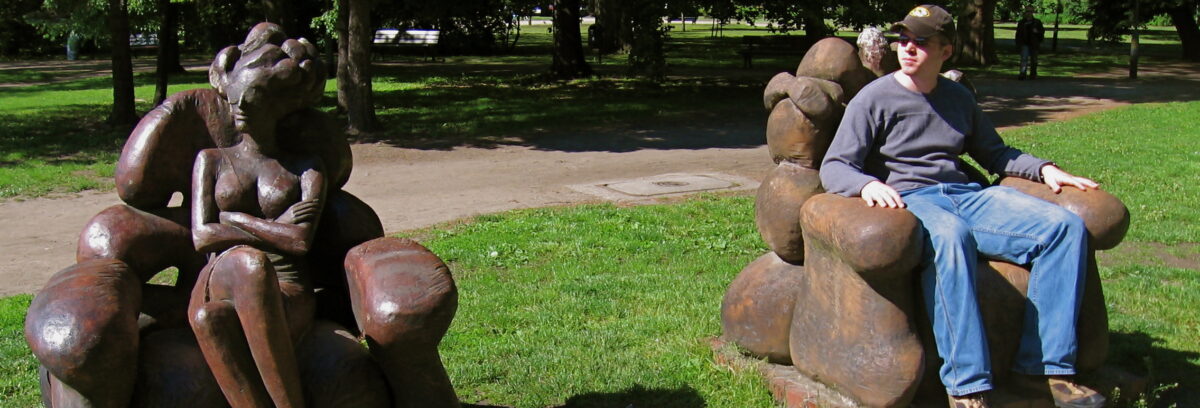Build a Team with Keys
I had the neighbors talking the day I cleaned and took apart 12 old computer keyboards for the Chrysalis After-School Kits out on my front deck last fall. Each CAS kit has a set of these keys. Eric Martin and I developed these teambuilding activities and I’m sure you can come up with some more. We started with the International Association of Teamwork Facilitators by Tom Heck.
We used the keys at CAS Facilitator Training 2008 for introductions. Each person got a key and used the character on that key to tell something about herself. Then each facilitator took a letter key and the group formed as many words at they could in a set amount of time. As a group got together to form a word, the leader made a tally mark on a flip chart or white board.
Download the Keyboard Team Building Activity for more ideas–Keyboard Team Building.




